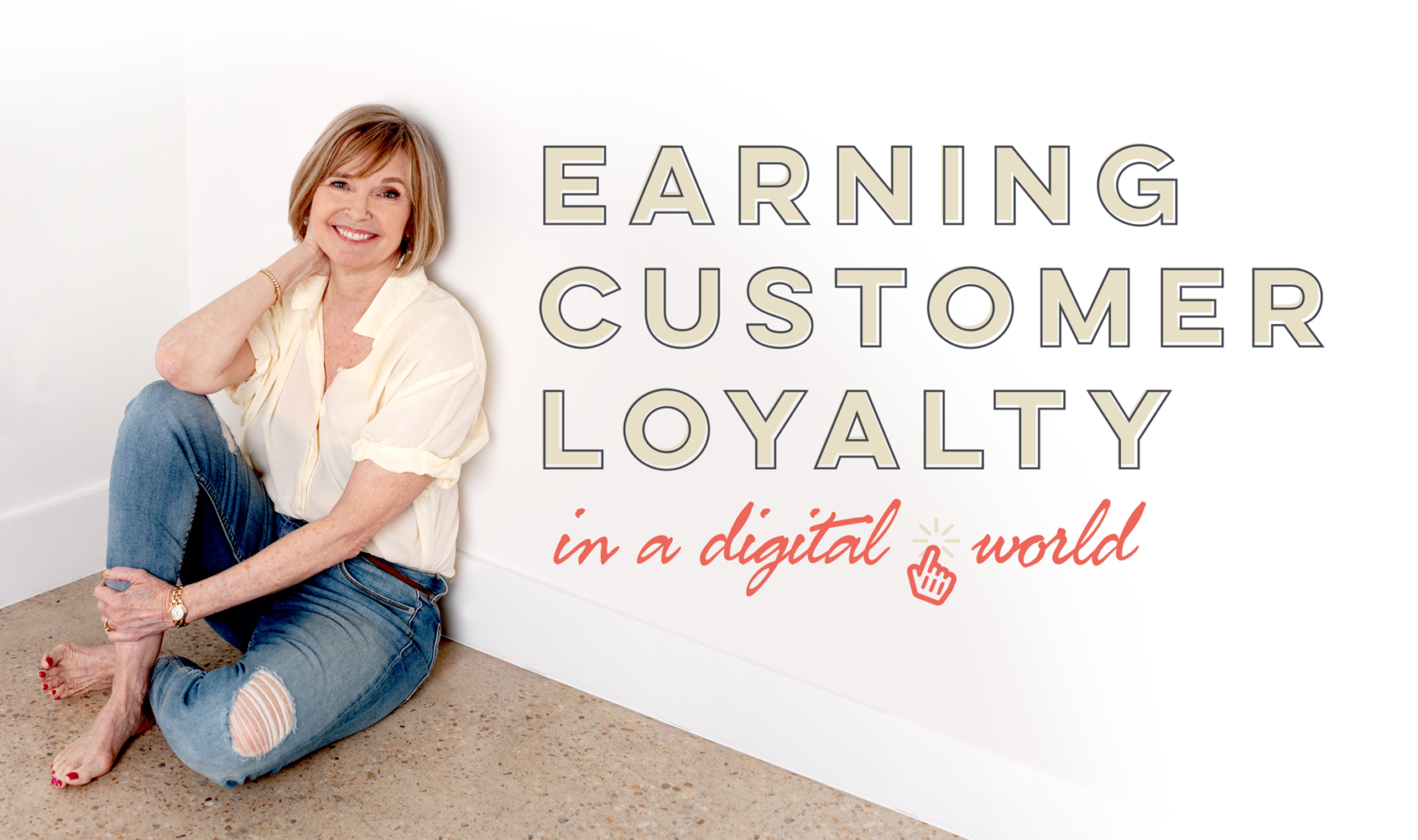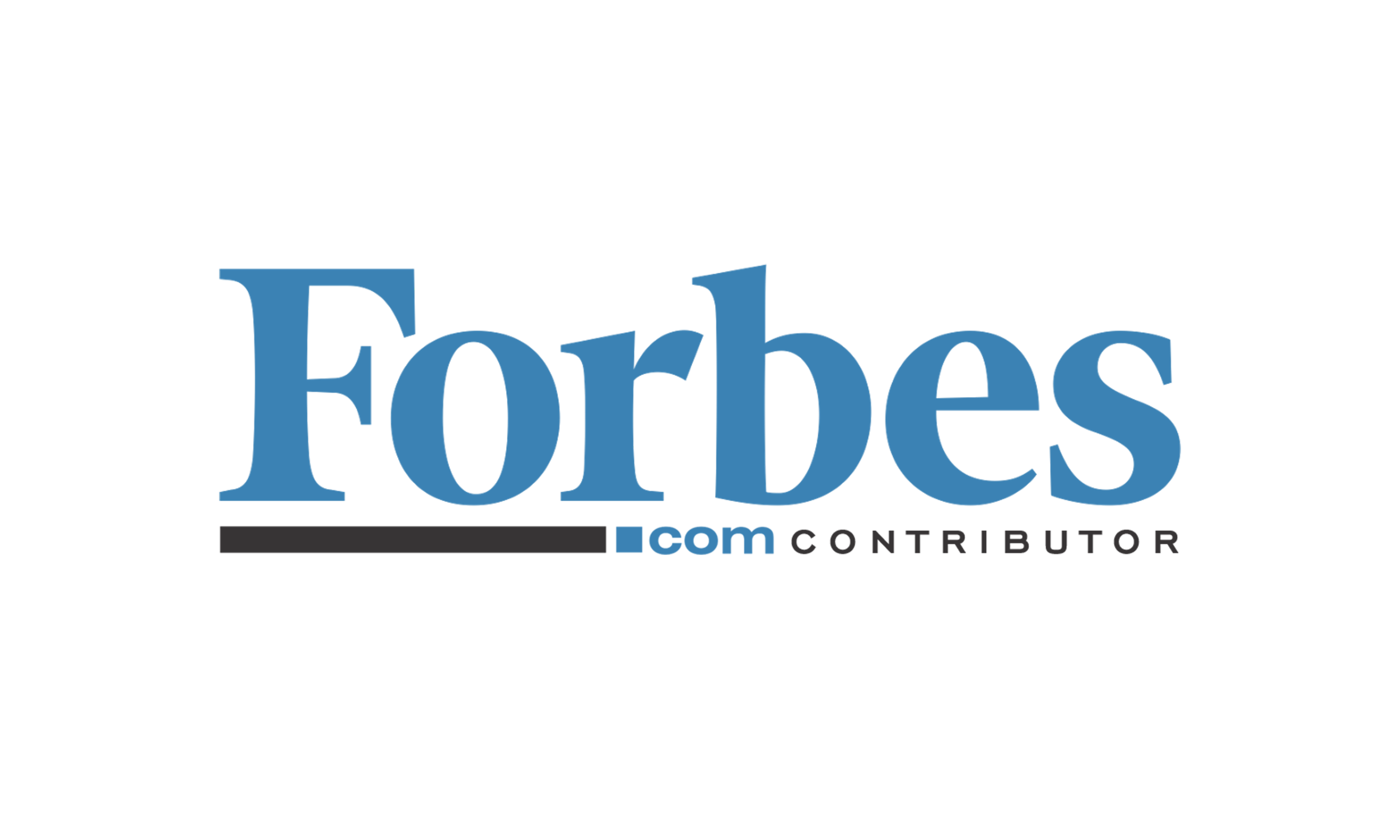
How To Be A Bright Spot
David Gang is CEO and co-founder of Brightspot. Prior to Brightspot, he was Chief Technology Officer for WebMD, and before that, David held the position of Executive Vice President, AOL Products, where he was responsible for product strategy and product development for the AOL Properties.
I had the opportunity to interview David recently. Here are some of the highlights of that interview:
Jill Griffin: So David, you have an impressive background. Can you tell me about your experience at AOL and WebMD and why you created Brightspot?
David Gang: I started my career at AOL in 1995 and worked there for 10 years, where I was responsible for AOL products – like AOL Chat, Instant Messenger and email and all of the publishing systems there. I also ran the enterprise business group at AOL that sold web infrastructure and then developed publishing systems for WebMD. In 2005, I had the idea for Brightspot, which was to build a software and services company. I reached out to Lisa and here we are today.
Griffin: Where did you come up with the idea and name for Brightspot?
Gang: We simply wanted to be a bright spot in people’s day. There are three founding principles:
- Make sure employees have a great work environment with great co-workers
- Build a great product with services for customers who love working with our company
- Be a bright spot in society. From the beginning, we started mission-based work to give back and contribute to our communities, and this is still a critical core value today
Griffin: Can you tell me what you think the future of work will look like?
Gang: It’ll be interesting, especially in the next year, as companies sort out the right thing to do for everyone – whether that’s employees or customers. There isn’t one standard way to look at this.
For Brightspot, the past 12 months worked successfully because, for the most part, teams went into a remote environment (with projects already in-progress and an infrastructure that supported them), and they had experience working together across the organization. We also noticed that customers needed increased support with their internal communication strategies, which is why there’s been a tremendous amount of focus on intranets and communication tools, and making sure key company values and information were available at the fingertips of all employees.
The question now becomes, how does that collaboration work when you start new projects and with work moving forward? We have to factor in generational preferences and work environments. Our younger employees want to work outside of their apartments and develop relationships in-person. They want to feel like they’re part of something – learning from a mentor or making workplace friends. This connection is probably more important in a hybrid work world.
I do believe the workforce over time will still want the office-environment experience with flexibility. It won’t be 5 days in the office anymore, especially for people with long commutes. Employers have to think about how to improve collaboration, for example – how to replicate being able to walk into someone’s office to get a quick answer vs. being remote and waiting to schedule a Zoom call. A heavy reliance on a toolkit will not substitute human interaction.
The next year will be about sorting out the right workplace culture based on each individual company’s needs for the workforce. For now, companies have to constantly communicate on a regular basis, especially with their official point of view on processes going back to the office. At Brightspot, we share weekly company updates, host monthly town halls and continuously tell employees our company policy so they feel like they have a guiding line and a clear understanding of what we’re trying to do. It is important for all employees to have a clear message from leadership, be transparent about your plans and what you are focused on accomplishing for your company, employees and customers.
Griffin: How many employees does Brightspot have and where are you located? Are employees mainly remote?
Gang: We have 200 employees and we’re mainly remote until July 6, then employees can voluntarily come back if they are vaccinated. We’re based in Reston, Virginia, right outside of D.C. Our office has an unobstructed western view of the Virginian skyline – you can see storms come in, sunsets, all the planes – it’s such a beautiful view.
Griffin: Oh I love Virginia – such a beautiful place! So, how do we succeed in this new workforce?
Gang: It really depends on employees and managers working together. For example, maybe a quieter employee doesn’t think they are doing a good job because we’re lacking that in-person “pat on the back” type of recognition. It’s important to remember that outreach while remote is a two-way street. Employees should look for that confirmation more actively, being part of the company and giving themselves a chance to be recognized, and the management team has to do the same thing. They have to learn to be more outward about feedback. It doesn’t always have to be feedback in writing, it can be verbal as well. We’re all missing that 30-second smile with a “thank you for what you did today” in-person vs. an email saying “thanks for doing a good job in the meeting.” We all have to make an effort since we’re missing the social and visual cues that come from connecting during in-person experiences.
It’s a valuable skill to be able to connect, give and receive feedback. Leaders have to think, “Am I doing a good job managing or leading you?” while also thinking about how to give the right feedback in shorter spurts.
The hybrid world is much more complicated. Some employees are local, some will continue to be remote. Another skill is the ability to collaborate, articulate, and understand who is assigned what, who was in the meeting physically, and who was remote. These process skills are hard to do well. Not enough credit goes to people who organize and structure work well and are able to communicate it well. That’s the business we’re in – there is an increasing need for talented project and program leaders, and some companies struggle with understanding the value of that upfront. This will be an important skill moving forward to keep constant communication.
Griffin: I totally understand that. You want to belong – you want people to say you’re doing a good job if you’re performing well – you want people to recognize that. I would also think, career ladder in this situation is also important. The ability to give people the understanding on what can drive them to the next level, how to get promoted, what do they have to do to perform?
Gang: If you think about the work environment today, companies have to work harder to keep their culture intact and loyalty to a remote employer will be even more difficult to maintain. There are many other companies that now allow employees to be remote compared to the one that doesn’t. It’s easier to find jobs when you are working remotely and I would suggest that more remote workers will find new employment closer to their homes over time.
Now, there’s an emphasis on the employer to create a compelling, knowledge-based career opportunity, where employees are constantly being challenged, learning something new, and being emotionally rewarded for that work. Being recognized for your personal contribution becomes even more important. It’s difficult for any company to be constantly chasing the financial wheel – you know there’s always someone else that will pay a little more or have a stock option package that is a little better. That’s just the nature of recruiting.
The only battle you can fight in this case is asking, “Am I giving you great work? Do I make sure you feel like you’re doing great work, and are you being well recognized for that and being fairly compensated?”
Griffin: I love that – that’s how you fight the battle with those tools. I see it too in companies across the board, there are attrition issues that’s just natural to a situation like that. But for good people – we reward them with great work, challenge them, always let them learn and make sure they’re fairly compensated.
Gang: Exactly, that’s the best thing you can do.



